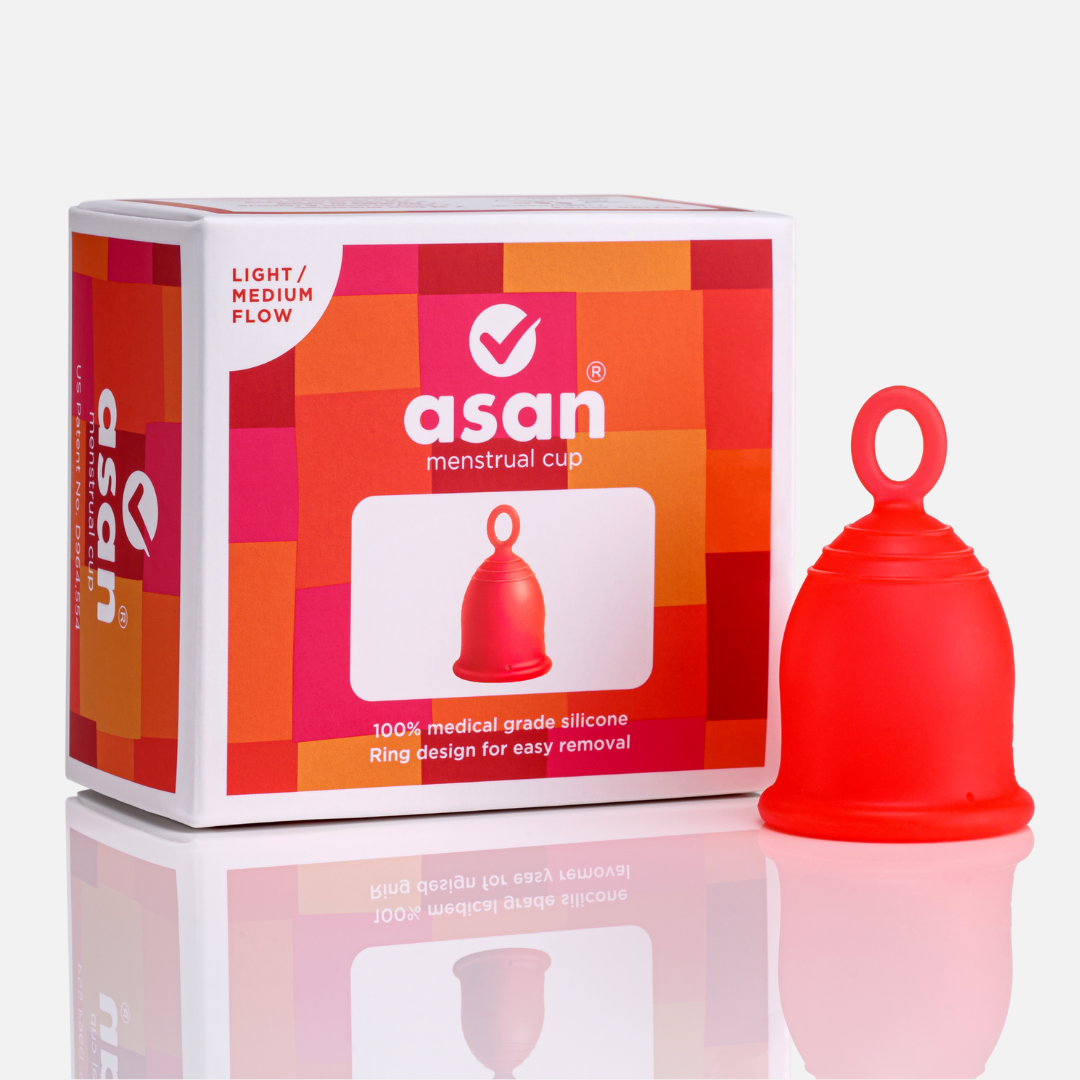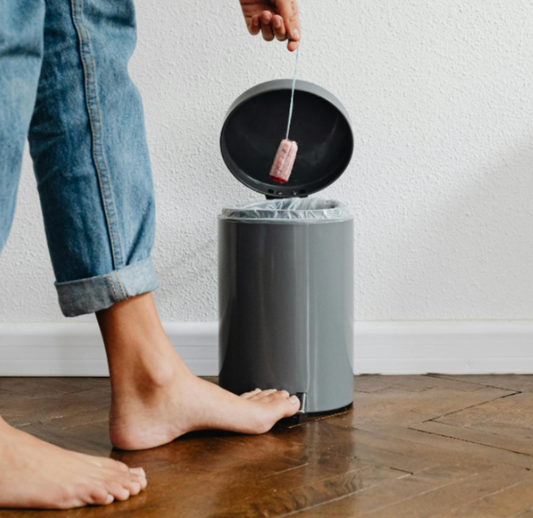 Gone are the days where we only have two period options: pads and tampons!
Gone are the days where we only have two period options: pads and tampons!
Recently, there has been a massive rise in innovative period solutions, including cups, discs, period underwear and others. This innovation in period care is happening against the backdrop of period-positive activism, campaigns to address period poverty and global movements against period stigma.
With increasing awareness about our environmental impact, modern innovation in period care has been centred around sustainable period solutions.
It’s a very exciting time in the period care space – but before we get to new innovations, let’s talk a bit about the evolution of period products over time!
a brief history of period products
For thousands of years women have used fabrics and plants to manage their period. Women would craft pads through cloth and absorbent materials and tie them to their waist or an underwear cloth to soak their period flow.
It was only around 1880 that disposable menstrual pads were invented and became commercially available. These took off when large companies such as Kotex and Johnson and Johnson started manufacturing plastic period pads at a large scale.
Through various iterations in design, sanitary pads were later developed with adhesive and wings to make them efficient and easy to use.
 It was in 1933 that the first tampon as we know it was patented by Tampax, and took off as an alternative option to pads in the second half of the 20th century.
It was in 1933 that the first tampon as we know it was patented by Tampax, and took off as an alternative option to pads in the second half of the 20th century.
Tampons became a popular choice for many women as they are insertable and don’t cause discomfort, rashes and leaks in the way that period pads do.
what’s changed in the last decade?
While disposable pads and tampons have been game-changing innovations in the period care space, recently women are speaking up about the challenges they face with existing products.
Simultaneously there has been an increasing shift towards sustainable innovation in period products, much like in everything else.
what is sustainable innovation?
Sustainable innovation can be understood through three key factors:
1. Environmentally conscious menstrual care
With the rising plastic crisis, users are becoming more aware of the millions of plastic sanitary pads or tampons that end up in our landfills and oceans every year - releasing toxins into soil and becoming a huge hazard for marine life.
As environmental awareness is growing and more people are shifting towards a sustainable lifestyle overall, innovation in period care has been centred around creating eco-friendly menstrual products to ensure menstrual product waste reduction.
2. Affordable products
For decades women have spent money on a monthly basis on sanitary pads or tampons, which can be highly unaffordable in the cost of living crisis we are facing today.
To address this, sustainable innovation in period products has prioritised creating reusable products - which can be used for years on end so you can save money while managing your period efficiently.
3. Comfort and convenience
At the heart of growing conversations around periods has been the discomfort that women face while using disposable period pads.
Sanitary pads can be bulky and inconvenient to wear with certain clothes, cause rashes and itchiness, and also have a risk of leaking in case you can’t change it in time.
With more female founders in the period care space now than ever, there has been a creative shift in period care solutions through understanding first-hand experiences with existing products.
what are some sustainable menstruation options?
There are a number of green period products available today, such as:
1. Cloth pads
Cloth pads are similar to single-use sanitary pads in design, but are made with sustainable materials such as organic cotton.
A good quality cloth pad should last you for 2-4 years, depending on how it is cared for and how often you use it. You can wear a cloth pad for the same amount of time you would keep a sanitary pad on for.
 2. Period underwear
2. Period underwear
A period underwear is similar to a normal underwear, except with a leak-proof padding and layered absorbent to collect your period flow.
A well-designed and good quality period underwear will last you around 2 years.
3. Menstrual cups
The biggest innovation in eco-conscious sanitary products has been reusable menstrual cups. A menstrual cup is a bell-shaped device that can be inserted into your vagina to collect your period flow.
While the first menstrual cup was invented in 1937, they’ve only started gaining popularity over the last decade as sustainability, affordability and comfort are at the forefront of womens’ choices for period products. .
A good quality menstrual cup, such as the Asan cup, will last you for 10 years - making it a very economical switch.
As a menstrual cup is a zero-plastic period care alternative, by making the switch you will be preventing 2500 pads or tampons from going into our landfills and oceans.
 The best part about a menstrual cup is that once it’s inside you, you can wear it for up to 12 hours and can’t even feel it. The Asan cup has been designed with a unique removal ring, which makes it super easy and comfortable to use.
The best part about a menstrual cup is that once it’s inside you, you can wear it for up to 12 hours and can’t even feel it. The Asan cup has been designed with a unique removal ring, which makes it super easy and comfortable to use.
 what other innovations are happening in the menstrual health space?
what other innovations are happening in the menstrual health space?
Innovation is happening not just for the products we use to manage our periods, but also for better and healthier period care.
For example, the rise of menstrual cycle tracking applications now enables women to better understand their bodies.
There is also an increase in period products addressing period cramps - such as pain-relief patches, medication specific to cramps, and natural period products such as soothing oils, to name a few.
It’s fantastic to see innovative menstrual care focusing on sustainable menstruation products - which are better for the environment and our bodies.
Want to join the movement? Shop for the Asan cup to start your journey towards eco-friendly menstrual care.




